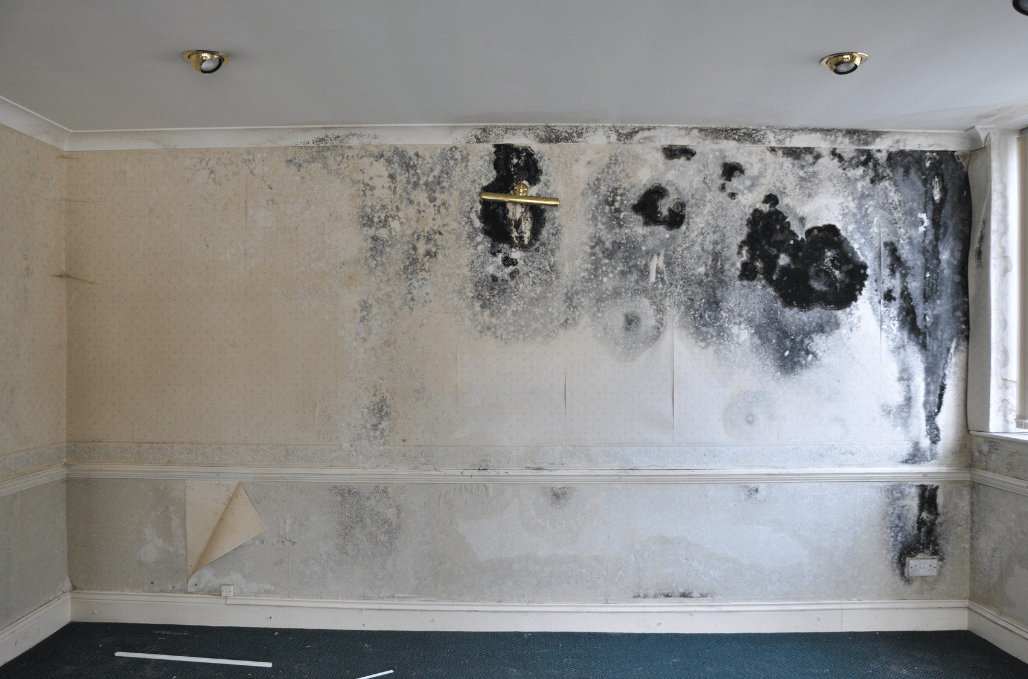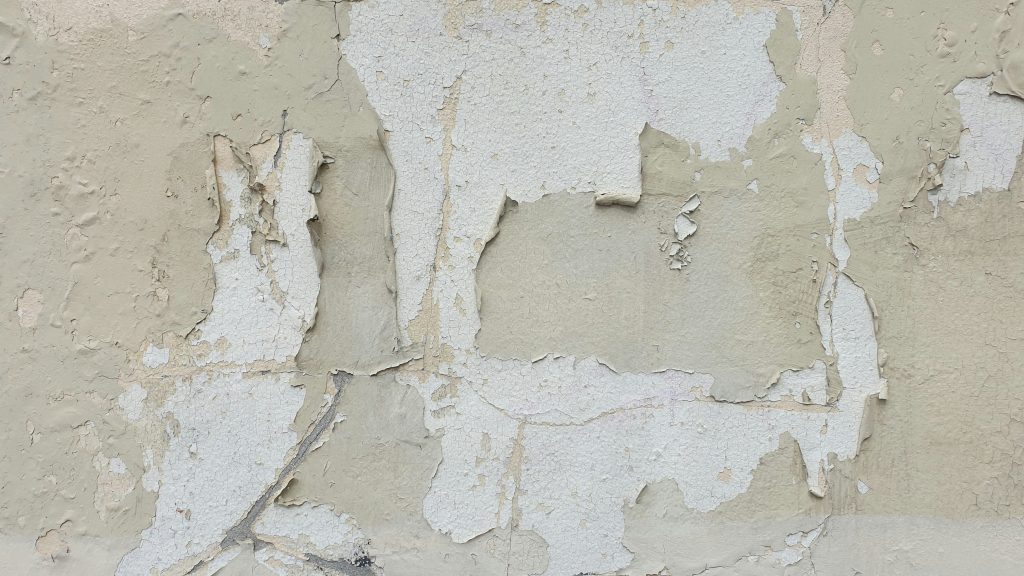
Top 5 Causes of Penetrating Damp
Have you ever had those annoying damp patches creeping up your walls, refusing to go away no matter how much you scrub? Or maybe you’ve noticed that musty smell lingering in your living room, making you wonder if you accidentally brought a piece of the swamp home with you. Well, my friend, you might just be dealing with the dreaded penetrating damp.
This persistent moisture issue is like that unwanted houseguest who never seems to take the hint to leave. It seeps through your walls, spreads its tentacles, and if left unchecked, can cause some serious damage to your beloved home. But fear not! In the following sections, we’re going to get to the bottom of what causes penetrating damp and the steps you can take to fix it.

1. Wall Cracks
Cracks in your walls might seem like minor cosmetic issues, but they can act as open invitations for moisture to sneak into your home’s interior. These cracks can stem from various sources – maybe your home’s foundation has shifted over time, causing structural cracks to form. Or perhaps the natural expansion and contraction from temperature changes have created hairline fractures in the walls.
No matter how small, these crevices create entry points for water to penetrate during heavy rains or in humid environments. Plant roots too can be crafty culprits, gradually widening existing wall cracks as they grow, providing even more pathways for dampness to take hold.
Catching these cracks early is key to preventing penetrating damp from gaining a foothold. Regular home inspections allow you to identify problem areas promptly. Then it’s just a matter of making timely repairs and properly sealing up those wall fractures to shut the door to unwanted moisture guests.
2. Roof Leaks and Chimneys
When it comes to penetrating damp, your roof and chimney can be real troublemakers if they’re not in tip-top shape. Think of them as the gatekeepers of your home – if they fail to do their job properly, moisture has a free pass to come on in and make itself comfortable.
Roof leaks, whether caused by ageing or damaged materials, missing tiles or shingles, or poor installation, can allow rainwater to trickle down into your home’s interior. Even the smallest of leaks can lead to damp patches on ceilings and walls over time.
Then there are chimneys – those vertical structures that are supposed to harmlessly expel smoke and fumes from your fireplace or furnace. However, when chimneys – due to varied reasons – develop cracks or deteriorate, they often become prime targets for water seepage during rainstorms. And let’s not forget about that cheap or improper sealing around the chimney base. These little gaps can be all that moisture needs to find its way in and cause penetrating damp.
To make matters worse, roof leaks and chimney issues often go unnoticed until the damage becomes glaringly obvious. That’s why, regardless of how old or new your property is, professionals recommend regular roof and chimney inspections for they are crucial for catching problems early before they turn into full-blown damp disasters. That is unless you are willing to spend £1000s on the aftermath.

3. Decayed Or Faulty Pointing
The mortar that binds the bricks and masonry is more than your decorative grout – it’s a protective seal that is responsible for protecting your walls against moisture intrusion. But when the same pointing starts to decay, these defensive lines are breached, thus allowing dampness to infiltrate.
One must understand that regardless of how well mortar is mixed and applied, it can crack, crumble, or loosen due to external factors and age. Suddenly, there are gaps and crevices in your beloved home creating the perfect entry points for rainwater on the offensive.
Your home’s pointing requires regular inspections and maintenance to ensure its integrity. Repointing damaged areas reseals those openings, restoring the impenetrable barrier against penetrating damp. Neglect that mortar, and you leave your walls vulnerable to a damp invasion from the elements.
In essence, preserving sound, water-resistant pointing is an essential measure in the battle against dampness seeping into your abode. Fortify your brick defences, and claim victory over unwanted moisture guests.
4. Faulty Gutters And Plumbing
Now come the gutters and plumbing, often unsung heroes against penetrating damp. These water management systems direct moisture safely away from walls and foundations. Functioning gutters divert rainwater, but when clogged or cracked, water seeps through openings.
Likewise, plumbing leaks lead to internal moisture build-up within walls. Regular inspections and maintenance of gutters and plumbing prevent them from enabling damp entry points. Clearing debris, repairing damage, and ensuring proper drainage keep these systems working as intended to block moisture infiltration.
5. Vegetation and Foliage Issues
For the final part, the lush greenery of Cambridgeshire can be a double-edged sword when it comes to penetrating damp. While adding natural beauty, overgrown vegetation close to homes facilitates moisture issues.
Dense bushes and tree branches rubbing against exterior walls slowly create cracks for water entry. Even ivy-adorning brickwork can widen mortar gaps over time. Humid pockets trapped by dense foliage also contribute to damp problems.
The key is maintaining a safe distance by trimming back excessive growth near your property. A bit of thoughtful landscaping prevents this leafy offender from being damp’s secret accomplice in the Cambridgeshire countryside.
So, do your property a favour and don’t let unchecked vegetation be an open invitation for moisture intrusion. Keeping greenery neatly groomed eliminates this unsuspecting pathway for penetrating damp to sneak inside local homes.

Key Takeaways
Understanding and addressing the top five causes of penetrating damp is crucial for maintaining the health and integrity of your home. From seemingly innocuous wall cracks and roof leaks to the silent threats posed by decaying pointing, faulty gutters, and encroaching vegetation, each factor contributes to the unwelcome presence of moisture within our living spaces.
By taking proactive measures such as regular inspections, timely repairs, and mindful landscaping, homeowners can effectively shield their property from the harmful effects of penetrating damp. With this information and regular upkeep, you can keep your home dry, comfortable, and welcoming for years to come.
We’re Ready To Help You
Please get in touch with our friendly team today and we can get the ball rolling on your project sooner than you think.
